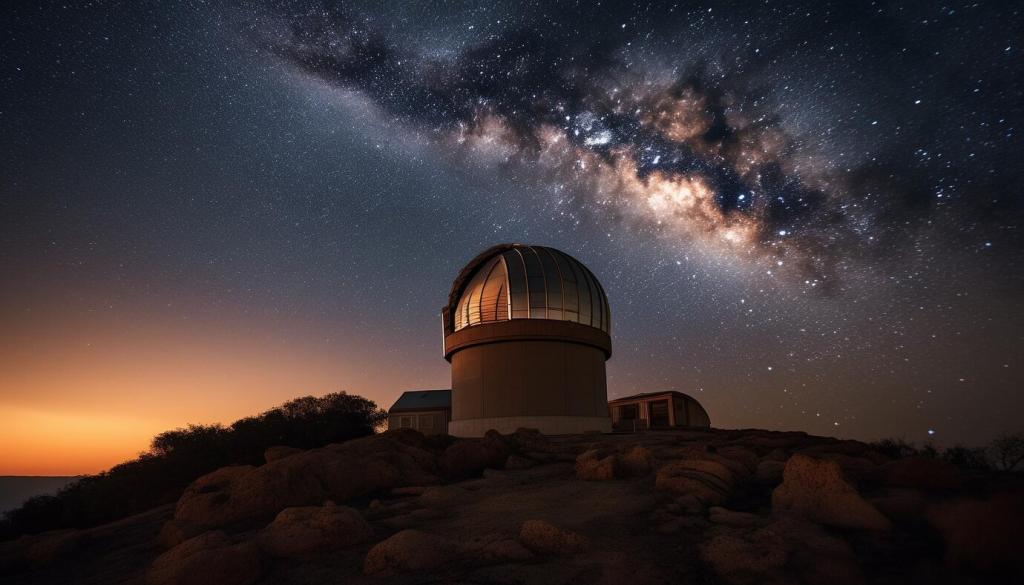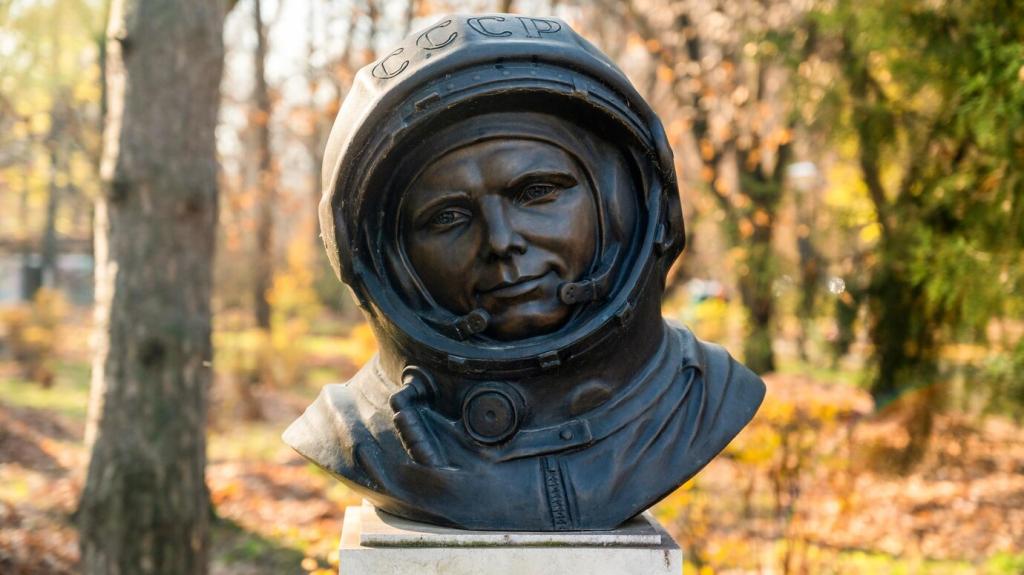Small Satellites and Swarm Science
CubeSats standardized small spacecraft, letting classrooms and local labs fly real missions. Off-the-shelf components, deployers, and open-source flight software lower barriers. The result is a flood of Earth observation, space weather, and tech demonstration missions that broaden who can participate in exploration.
Small Satellites and Swarm Science
Constellations communicate via inter-satellite links and share tasking using onboard AI, scheduling observations without waiting for ground control. Formation flying turns many small instruments into a virtual giant telescope. Which swarm application—disaster mapping, magnetospheric science, or deep-space scouting—captures your imagination today?







